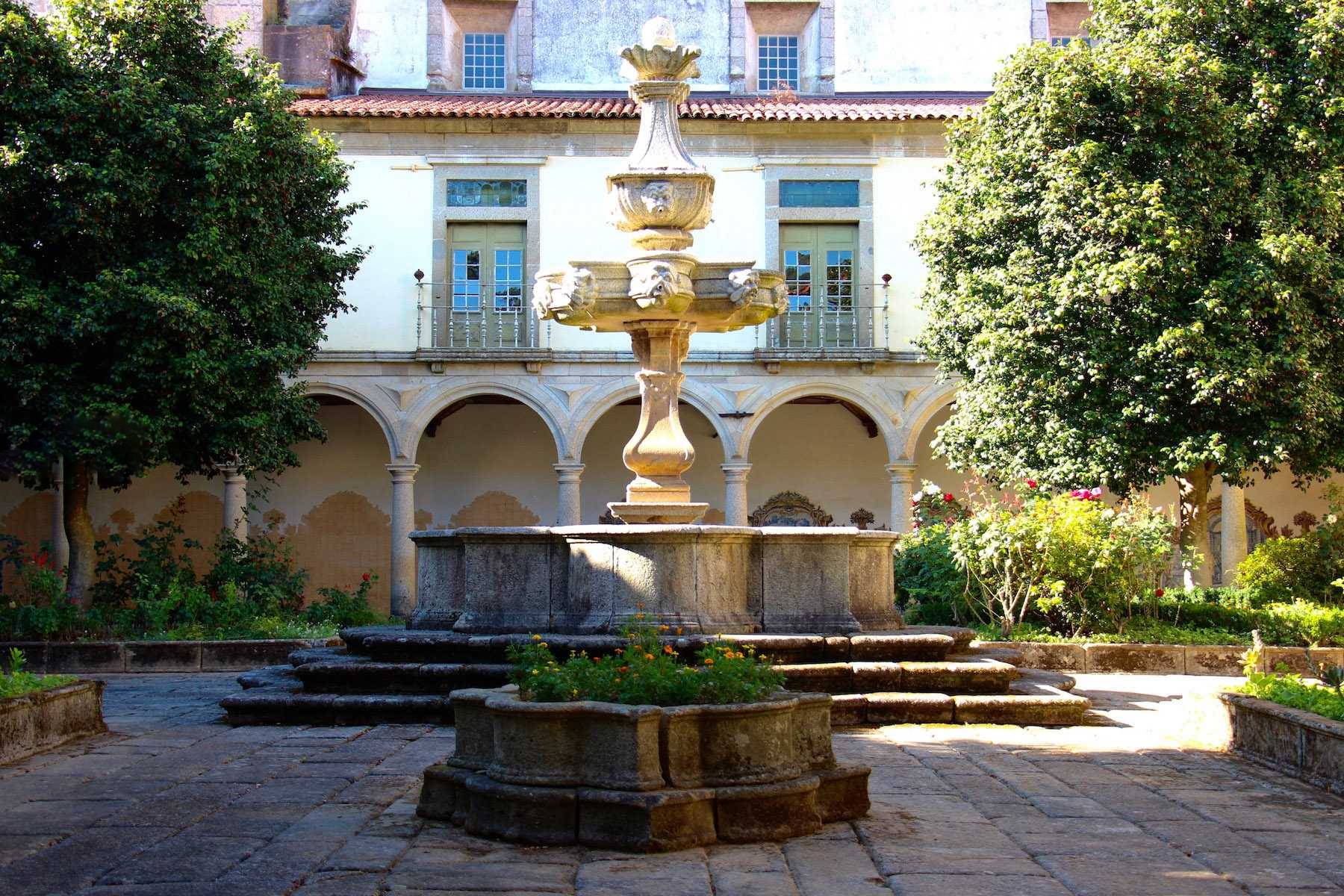Being one of the oldest buildings in the city of Braga, the Monastery of Tibães dates back to the late 10th and early 11th centuries, having achieved great notoriety in 1110, when the Cartas de Couto (a donation of land to the Church) was granted by D. Henrique and D.ª Teresa, parents of D. Afonso Henriques, buried in the Cathedral of Braga.
In 1567 it became the Mother House of the Congregation of São Bento in Portugal, and that of Brazil in the first half of the 17th century.
Today, the Monastery of Tibães comprises the Church, the Puerta de Sra. do Pilar, the Reception Room, the Inn, the Bookstore, the Chapter House and the Cloister of the Cemetery, but in its time it was a true training centre for architects, carvers, gilders, sculptors and imaginers, many of whom participated in the construction of buildings erected in the 17th century.
A visit to this Monastery is therefore a journey through the religious and architectural history of Portugal, with the church of the Monastery being considered one of the most grandiose temples in the country and one of the greatest milestones of Baroque art in Portugal.

 Braga, Northern Portugal
Braga, Northern Portugal















 Página Web
Página Web 



